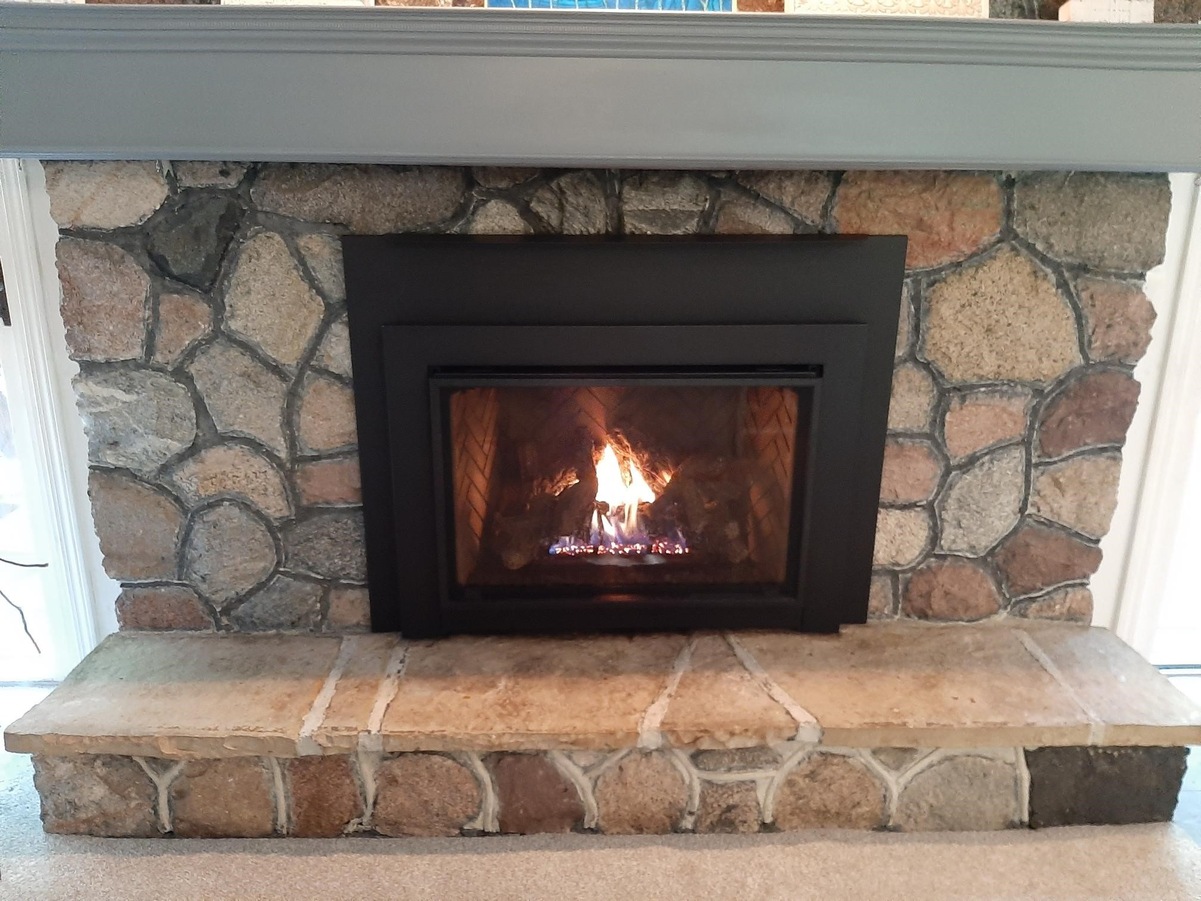

Articles
How Long Does A Gas Fireplace Insert Last
Modified: February 23, 2024
Discover how long a gas fireplace insert can last in this informative article. Learn about the factors that affect its lifespan and how to extend its longevity.
(Many of the links in this article redirect to a specific reviewed product. Your purchase of these products through affiliate links helps to generate commission for Storables.com, at no extra cost. Learn more)
Introduction
A gas fireplace insert is a popular choice for homeowners looking to add warmth and ambiance to their living spaces. These inserts are designed to be inserted into existing fireplaces and are fueled by natural gas or propane. Not only do gas fireplace inserts provide a convenient and efficient way to heat a room, but they also add a cozy and inviting atmosphere to any home.
One of the most common questions that homeowners have when considering a gas fireplace insert is how long it will last. The lifespan of a gas fireplace insert can vary depending on several factors, including the quality of the insert, how well it is maintained, and how often it is used.
In this article, we will explore the factors that can affect the lifespan of a gas fireplace insert, the average lifespan you can expect, signs that indicate a worn-out insert, how to extend its lifespan through proper maintenance, and when it may be time to replace it.
So, if you’re considering installing a gas fireplace insert or already have one in your home, read on to learn more about how long you can expect it to last and how to make the most of its lifespan.
Key Takeaways:
- Gas fireplace inserts can last 15-20 years with proper care. Factors like quality, maintenance, usage, and environmental conditions impact lifespan. Recognizing signs of wear and tear is crucial for safety and enjoyment.
- Regular cleaning, proper ventilation, annual inspections, and timely repairs are essential for extending the lifespan of a gas fireplace insert. When considering replacement, consult a professional for safety and efficiency.
Read more: What Is A Gas Fireplace Insert
Factors Affecting the Lifespan of Gas Fireplace Inserts
The lifespan of a gas fireplace insert can be influenced by various factors. Understanding these factors can help you make informed decisions about the maintenance and replacement of your insert. Here are some key factors that can affect the lifespan of a gas fireplace insert:
Quality
The quality of the gas fireplace insert plays a significant role in its lifespan. Higher-quality inserts are typically made with durable materials and built to withstand the high temperatures and demands of regular use. Investing in a high-quality insert from a reputable manufacturer can significantly extend its lifespan.
Installation
The proper installation of a gas fireplace insert is crucial for its longevity. It is recommended to hire a professional installer with experience in installing gas inserts. Improper installation, such as incorrect venting or gas line connections, can lead to performance issues and potentially shorten the lifespan of the insert.
Maintenance
Maintaining your gas fireplace insert regularly is essential for its longevity. Regular maintenance includes cleaning the glass, inspecting and cleaning the burner and logs, checking for gas leaks, and ensuring proper ventilation. Neglecting maintenance can cause issues such as decreased efficiency and premature wear and tear.
Read more: How Much Does A Fireplace Insert Cost
Usage
The frequency and duration of use can impact the lifespan of a gas fireplace insert. If the insert is used frequently and for extended periods, it may undergo more wear and tear, which can shorten its lifespan. Conversely, infrequent use may result in components becoming clogged or corroded over time.
Environmental Factors
The environment in which the gas fireplace insert is installed can also affect its lifespan. Exposure to moisture, extreme temperatures, and corrosive substances can accelerate deterioration. Installing the insert in a well-ventilated and dry area can help mitigate the impact of environmental factors.
By considering these factors and taking appropriate measures, you can extend the lifespan of your gas fireplace insert and enjoy its warmth and beauty for many years to come.
Average Lifespan of Gas Fireplace Inserts
The average lifespan of a gas fireplace insert can vary depending on several factors, including the quality of the insert, usage patterns, and maintenance practices. However, a well-maintained and properly installed gas fireplace insert can typically last anywhere between 15 to 20 years.
It’s important to note that this is an average estimate, and some gas fireplace inserts may last longer with proper care and maintenance, while others may require replacement sooner due to various factors.
The quality of the gas fireplace insert is a significant factor in determining its lifespan. Higher-quality inserts, constructed with durable materials and precision engineering, tend to have a longer lifespan compared to lower-quality alternatives.
Another factor that can influence the lifespan is the frequency and duration of use. If the gas fireplace insert is used as the primary heating source in a home and operates for extended periods, it may experience more wear and tear, potentially shortening its lifespan. On the other hand, occasional and shorter use may contribute to a longer lifespan.
The level of maintenance and care given to the gas fireplace insert also plays a vital role. Regular cleaning, inspection, and servicing can help identify and address any issues promptly, ensuring optimal performance and extending the lifespan of the insert.
Environmental conditions can also impact the lifespan of a gas fireplace insert. Exposure to extreme heat or cold, fluctuations in humidity, and corrosive substances can degrade the materials and components over time. Installing the insert in a well-ventilated and suitable environment can help mitigate these effects and prolong its lifespan.
It’s worth noting that the average lifespan mentioned here is a general guideline, and individual experiences may vary. By investing in a high-quality gas fireplace insert, following recommended maintenance practices, and being mindful of usage patterns, you can maximize the lifespan of your gas fireplace insert and enjoy its benefits for many years.
Signs of a Worn-Out Gas Fireplace Insert
As gas fireplace inserts age, they may start showing signs of wear and tear. Recognizing these signs early on can help you determine if it’s time to consider replacing your worn-out gas fireplace insert. Here are some common indicators that your gas fireplace insert may be reaching the end of its lifespan:
Read more: What Is A Fireplace Insert
Decreased Efficiency
If you notice a decrease in the heating efficiency of your gas fireplace insert, such as less heat being produced or uneven heating across the room, it could be a sign of a worn-out insert. Over time, components within the insert may deteriorate, affecting its performance and overall efficiency.
Difficulty Igniting
If you experience difficulty in igniting the gas fireplace insert or if it takes longer than usual for the flames to ignite, it could indicate a problem with the ignition system. This could be a sign that the ignition components are deteriorating and may need to be replaced.
Soot or Odor
If you notice an unusual amount of soot buildup on the glass or around the gas fireplace insert, it could be a sign of incomplete combustion. This can be caused by issues such as clogged or blocked vents, malfunctioning burners, or improper adjustment of the air-to-fuel ratio. Additionally, if you detect unusual odors like gas or burning smells, it is essential to address these issues promptly to ensure safety and prevent further damage.
Noisy Operation
If your gas fireplace insert starts to make strange noises during operation, such as popping, hissing, or rattling sounds, it could indicate mechanical issues or worn-out components. These noises can be a sign that the insert is nearing the end of its lifespan and may require replacement.
Read more: How To Measure For A Fireplace Insert
Visible Damage
Inspect the gas fireplace insert for any visible signs of damage, such as cracks in the glass, rust or corrosion on the exterior, or deteriorating seals. These can be indications of age-related wear and tear or exposure to environmental factors, which can compromise the performance and safety of the insert.
If you observe any of these signs in your gas fireplace insert, it is advisable to consult a professional technician or fireplace specialist. They can assess the condition of your insert and provide guidance on whether it can be repaired or if it’s time to consider replacing it with a new one.
Remember, timely recognition and addressing of these signs can help prevent potential hazards and ensure the continued enjoyment and safety of your gas fireplace insert.
Extending the Lifespan of a Gas Fireplace Insert
While the lifespan of a gas fireplace insert can vary, there are steps you can take to extend the life of your investment. By following these tips, you can ensure that your gas fireplace insert continues to operate efficiently and effectively for years to come:
Regular Cleaning
Regularly clean your gas fireplace insert to remove any buildup of dust, debris, or soot. Use a soft brush or vacuum to clean the interior and exterior surfaces, including the glass, burner, and logs. Keeping the insert clean helps prevent clogs and ensures optimal performance.
Proper Ventilation
Ensure that your gas fireplace insert has proper ventilation. Clear any obstructions from the venting system to allow for adequate airflow. A well-ventilated insert prevents the build-up of harmful gases and helps maintain efficient combustion.
Read more: How Long Do Gas Grills Last
Annual Inspections
Schedule an annual inspection with a professional technician to assess the condition of your gas fireplace insert. This inspection should include a thorough examination of the burner, ignition system, gas lines, and vents. Any necessary repairs or adjustments can be addressed during this inspection to prevent further damage and ensure safe operation.
Prompt Repairs
If you notice any performance issues or signs of damage in your gas fireplace insert, address them promptly. Ignoring small problems can lead to bigger and more costly repairs down the line. Contact a qualified professional to diagnose and fix any issues as soon as possible.
Proper Usage
Use your gas fireplace insert responsibly to avoid undue stress on its components. Follow the manufacturer’s guidelines and recommendations for usage, including burn times and appropriate ventilation. Avoid using your insert as the sole heating source for extended periods to prevent excessive wear and tear.
Use High-Quality Fuel and Accessories
When operating your gas fireplace insert, always use high-quality fuel recommended by the manufacturer. Inferior quality or unapproved fuel can lead to poor combustion and damage to the insert. Additionally, use approved accessories and follow the manufacturer’s instructions for their safe and proper use.
Read more: How To Clean A Fireplace Insert
Annual Servicing
Consider scheduling an annual servicing of your gas fireplace insert by a licensed professional. This comprehensive service will involve cleaning, inspection, and maintenance to ensure that all components are in optimal working condition. Regular servicing can help identify potential issues before they develop into major problems.
By following these guidelines, you can prolong the lifespan of your gas fireplace insert and enjoy its warmth and beauty for many years to come. Remember, regular maintenance and responsible usage are key to ensuring the longevity and efficient operation of your gas fireplace insert.
Maintenance Tips for Gas Fireplace Inserts
Proper maintenance is essential for keeping your gas fireplace insert in optimal condition. By following these maintenance tips, you can ensure the longevity, efficiency, and safety of your insert:
Regular Cleaning
Regularly clean your gas fireplace insert to remove any debris, dust, or soot buildup. Use a soft brush or vacuum cleaner to clean the exterior surfaces, including the glass, logs, and burner. Clean the interior components, such as the gas ports and igniter, to ensure proper functionality. Refer to the manufacturer’s instructions for specific cleaning recommendations.
Check for Gas Leaks
Regularly inspect the gas lines and connections for any signs of gas leaks. You can do this by using a soap and water solution to check for bubbles at the connections. If you detect a gas leak, it is crucial to turn off the gas supply immediately and contact a professional technician to repair the issue.
Read more: How To Seal A Fireplace Insert
Inspect the Venting System
Check the venting system of your gas fireplace insert for any obstructions or blockages. Ensure that the vent pipes are clear and not obstructed by debris or pests. A blocked venting system can cause improper combustion and potentially hazardous conditions. If you notice any issues with the venting system, contact a professional to address the problem.
Check the Pilot Light and Ignition System
Regularly inspect the pilot light and ignition system of your gas fireplace insert. Ensure that the pilot flame is consistently lit and stable. If you notice any issues, such as difficulty in igniting the flame or an unreliable pilot light, contact a professional to inspect and repair the ignition system.
Inspect and Replace Damaged Components
Regularly inspect the components of your gas fireplace insert for any signs of damage or wear. Check the gaskets, seals, valves, and thermocouple for any cracks, leaks, or deterioration. If you notice any damaged components, contact a professional technician to replace them promptly.
Ensure Proper Ventilation
Ensure that the area around your gas fireplace insert is well-ventilated. Avoid blocking the air intake or venting system with furniture or other objects. Proper ventilation is crucial for efficient combustion and preventing the buildup of carbon monoxide.
Read more: How To Paint Fireplace Insert
Follow Manufacturer’s Recommendations
Follow the manufacturer’s recommendations for maintenance, including cleaning products, frequency of service, and specific instructions for your gas fireplace insert model. Adhering to these guidelines will help ensure that you are taking the appropriate measures to maintain your insert correctly.
Remember, if you are uncertain about any aspect of maintaining your gas fireplace insert, it is always best to consult a professional technician who can provide guidance and perform any necessary maintenance or repairs. By keeping up with regular maintenance, you can enjoy the benefits of a safe, efficient, and long-lasting gas fireplace insert.
When to Replace a Gas Fireplace Insert
While gas fireplace inserts are designed to be durable and long-lasting, there may come a time when replacement is necessary. Here are some signs that indicate it might be time to consider replacing your gas fireplace insert:
Age
The age of your gas fireplace insert is a significant factor to consider. On average, a well-maintained gas fireplace insert can last between 15 to 20 years. However, if your insert is approaching or exceeding this age range, it may be more cost-effective to replace it rather than continuing to invest in repairs and maintenance.
Irreparable Damage
If your gas fireplace insert has suffered significant damage that cannot be repaired, it may be time to replace it. Examples of irreparable damage could include cracks in the firebox, extensive rust or corrosion, or worn-out components that are no longer available for replacement.
Read more: How Hot Does A Gas Fireplace Get
Frequent Breakdowns or Costly Repairs
If you find yourself constantly needing to repair your gas fireplace insert or if the repairs are becoming increasingly expensive, it may be more practical to replace the insert. Continuing to invest in repairs may end up costing you more in the long run, and a new insert is likely to provide better performance and efficiency.
Outdated Technology
If your gas fireplace insert is outdated and lacks modern features, you may find it beneficial to upgrade to a newer model. Newer inserts often come with advanced features like adjustable flame height, remote control operation, and energy-efficient options. Upgrading to a more technologically advanced insert can enhance your overall fireplace experience.
Decreased Performance
If your gas fireplace insert is no longer providing the level of heat or ambiance that you desire, it might be a sign that it’s time for a replacement. Over time, inserts can experience decreased performance due to wear and tear or deterioration of components. A new insert can offer improved performance and efficiency, providing greater comfort and enjoyment.
Safety Concerns
If you have concerns about the safety of your gas fireplace insert, it is crucial to address them promptly. Signs of safety issues may include excessive soot or carbon buildup, irregular flames, or gas leaks. If you have addressed these issues through repairs and regular maintenance but still have safety concerns, it may be necessary to replace the insert with a newer, more reliable model.
When considering the replacement of your gas fireplace insert, it is helpful to consult with a professional technician or fireplace specialist. They can assess the condition of your current insert, discuss your specific needs and preferences, and recommend an appropriate replacement option.
By recognizing the signs and timing your replacement accordingly, you can ensure that your new gas fireplace insert will provide efficient and safe operation, as well as adding warmth and beauty to your home for many years to come.
Read more: How Much Gas Does Fireplace Use
Conclusion
Gas fireplace inserts are a wonderful addition to any home, offering warmth, comfort, and ambiance. Understanding the factors that affect their lifespan, recognizing signs of wear and tear, and knowing when to replace them is important for maintaining optimal performance and safety.
By investing in a high-quality gas fireplace insert, ensuring proper installation, and following regular maintenance practices, you can extend the lifespan of your insert. Factors such as quality, maintenance, usage, and environmental conditions all play a role in determining how long your gas fireplace insert will last.
Signs of a worn-out gas fireplace insert such as decreased efficiency, difficulty igniting, soot or odors, noisy operation, and visible damage should be addressed promptly to avoid safety hazards and ensure continued enjoyment. Regular cleaning, proper ventilation, annual inspections, and timely repairs are essential maintenance practices to extend the lifespan of your gas fireplace insert.
Ultimately, there may come a time when replacing your gas fireplace insert is necessary. Factors such as age, irreparable damage, frequent breakdowns, outdated technology, decreased performance, and safety concerns may indicate that it’s time for a replacement. Consulting with a professional technician or fireplace specialist can provide valuable guidance and help you choose a suitable replacement option.
In conclusion, by understanding how to care for and maintain your gas fireplace insert, you can enjoy its warmth, energy efficiency, and aesthetic appeal for years to come. Regular maintenance, responsible usage, and prompt attention to any signs of wear and tear will help ensure that your gas fireplace insert remains a centerpiece of comfort and ambiance in your home.
Remember, a well-maintained and properly functioning gas fireplace insert is not only a source of cozy warmth but also a focal point that brings joy and relaxation to your living space.
Frequently Asked Questions about How Long Does A Gas Fireplace Insert Last
Was this page helpful?
At Storables.com, we guarantee accurate and reliable information. Our content, validated by Expert Board Contributors, is crafted following stringent Editorial Policies. We're committed to providing you with well-researched, expert-backed insights for all your informational needs.
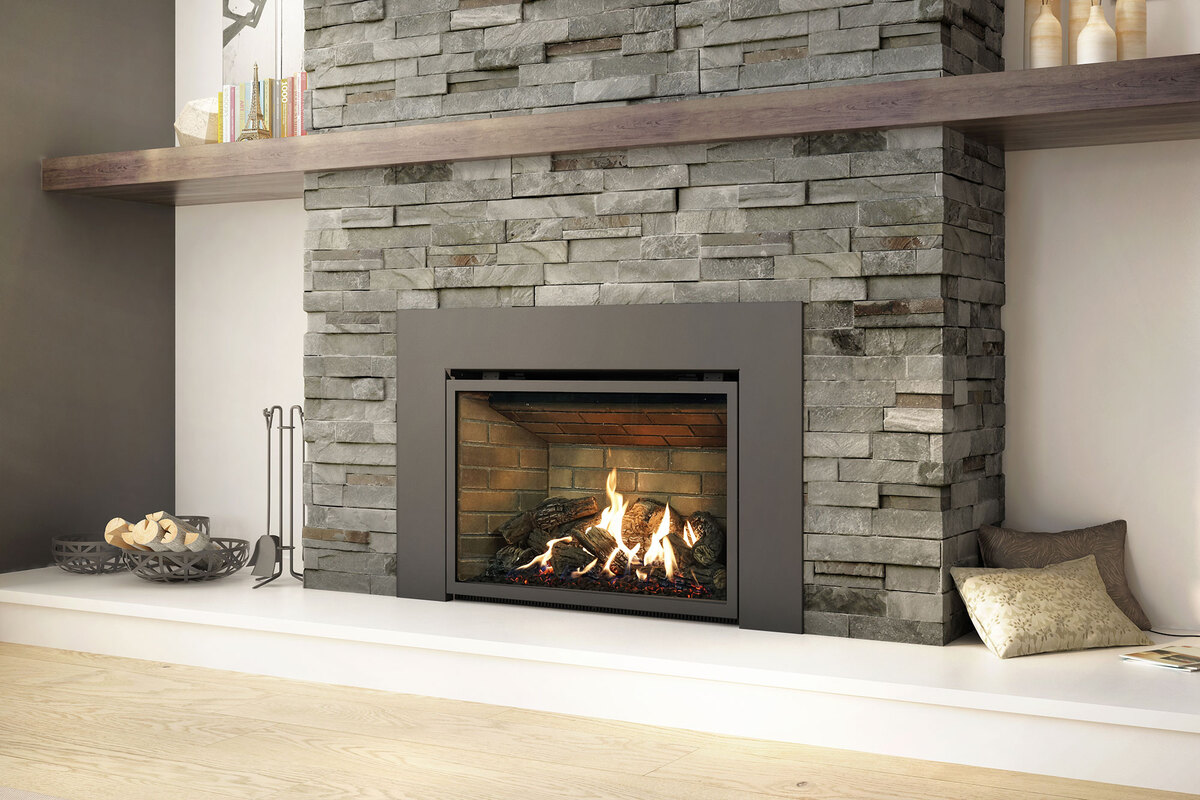

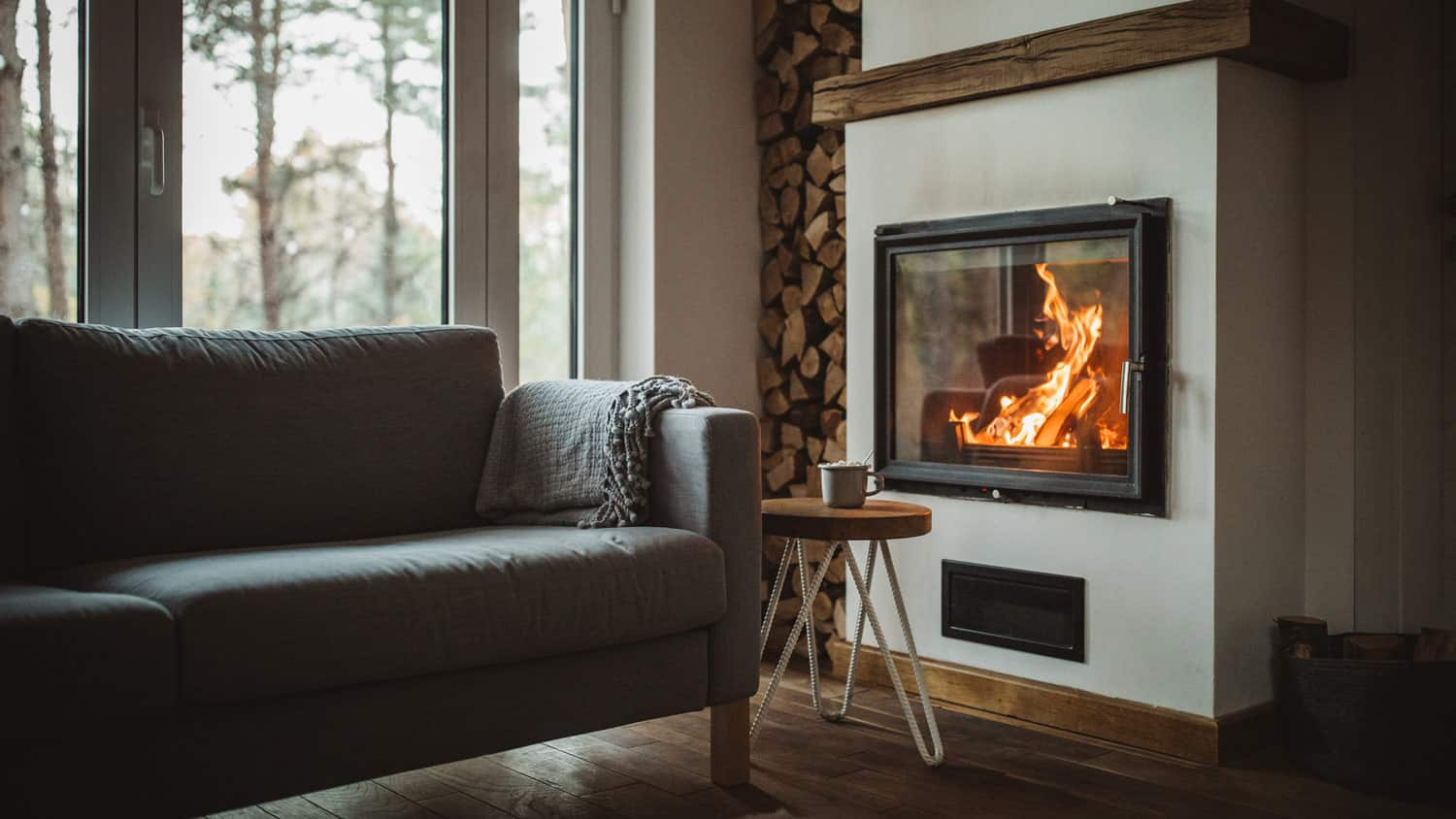
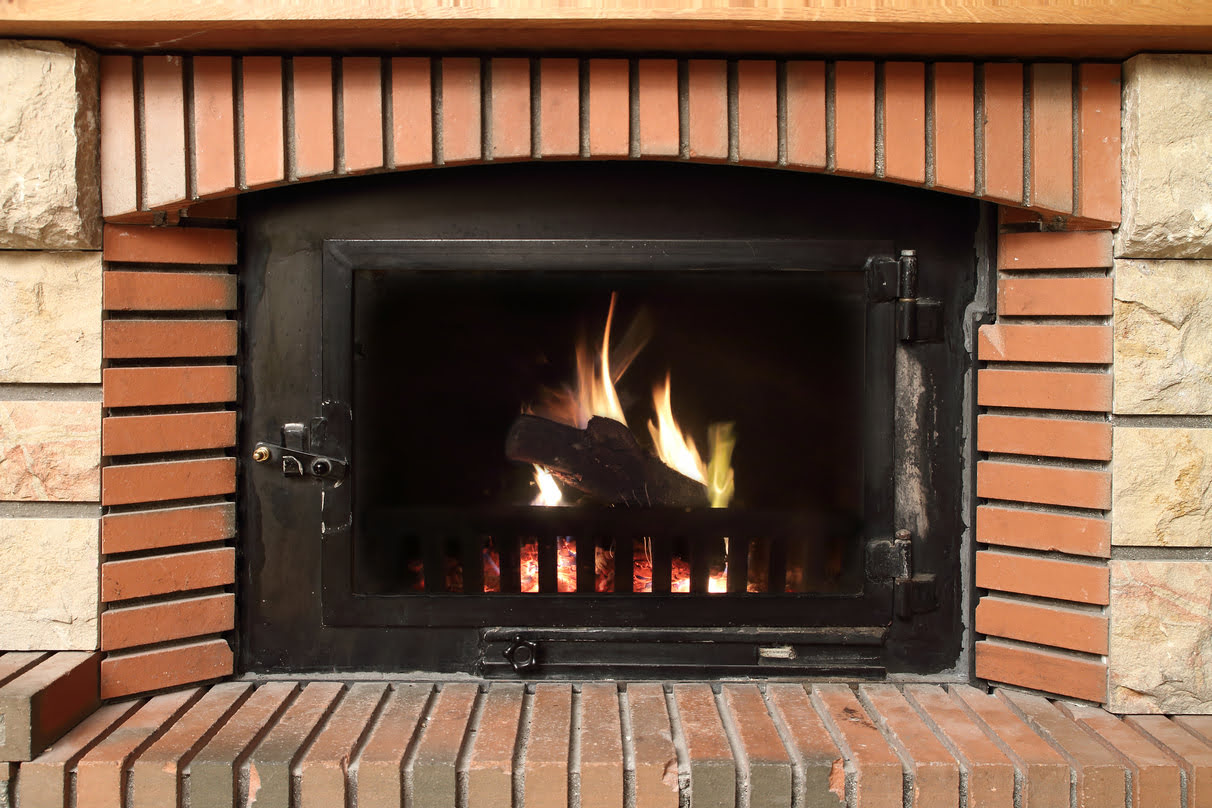
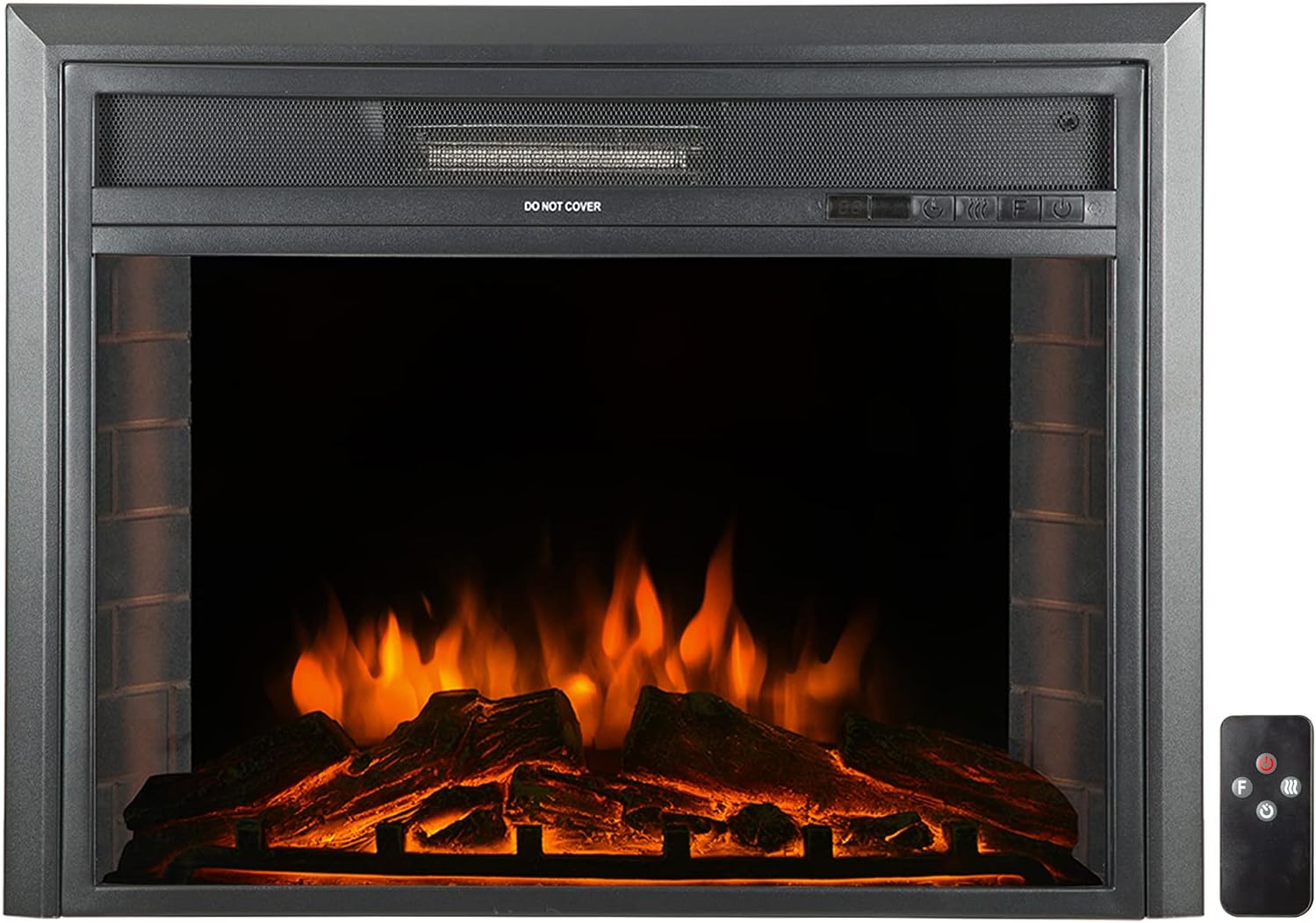
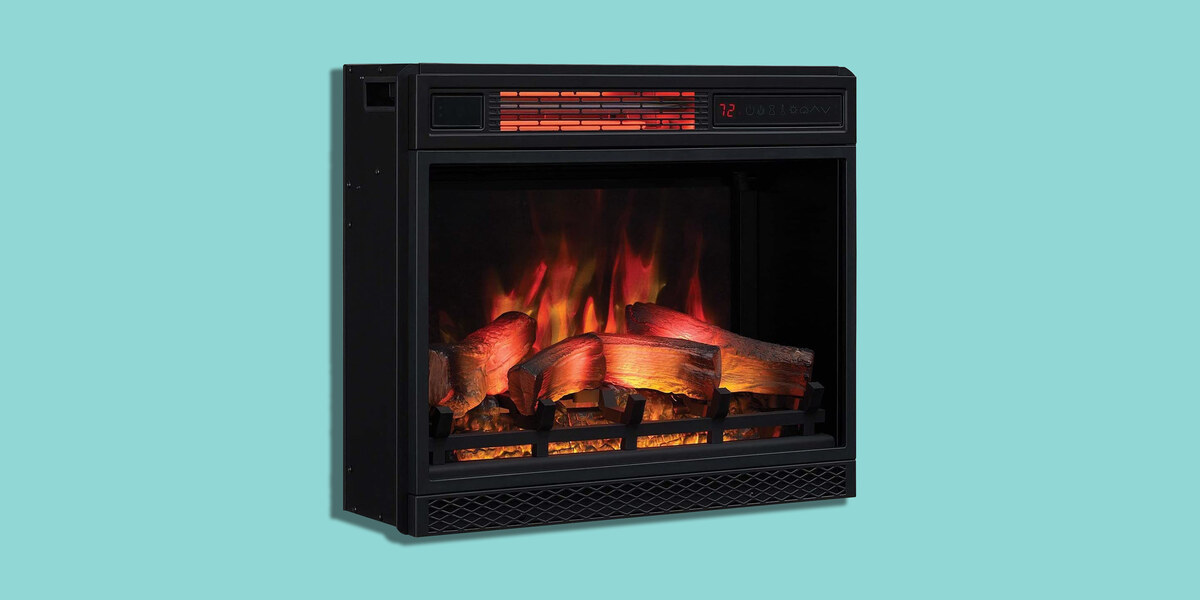

0 thoughts on “How Long Does A Gas Fireplace Insert Last”